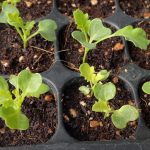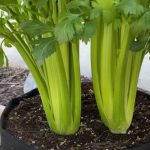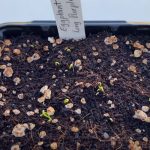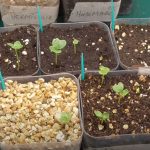Are you going for a greener lifestyle and want to learn how to plant carrots from seeds? Let me tell you how easy that is! Carrots are extremely hardy root vegetables, and they only take about 3 months of moderate care to thrive and harvest. So why don’t you try to grow your own crop of this sweet and orange vegetable? You can try making vegan bacon from it or pair the ingredient with beef to make old-fashioned beef stew.
Learn how to germinate carrot seeds, how much you should water the plants, and how you can impact the flavor of the entire crop!
Overview
Level of difficulty: Quite beginner-friendly
Nutrition: Remember when your mom forced you to eat carrots because they gave you “hawk eyes”? Turns out it’s true. Eating carrots improves vision, heart health, immunity, and even brain health. Here are some nutrients found in carrots!
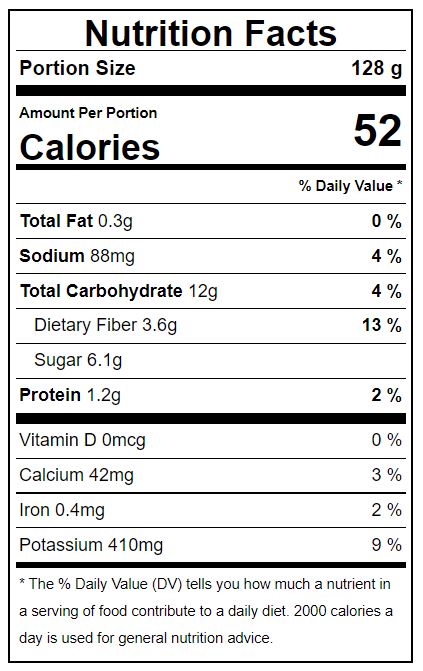
Time to fruit: Carrots usually take 2 to 3 months, or 60 to 90 days, to fully mature and become ready to harvest. The Autumn King carrot is an example of a fast-maturing carrot with large consumable parts, aka taproot. With that said, other late-maturing varieties produce larger carrots, such as the Imperator carrot, that may take as long as 100 days to reach the harvest stage.
For carrot varieties that take 90 days to grow, the roots “fruit” or become edible after the first 60-70 days. The last 20-30 days are when the taproot takes up all the nutrients and moisture in the soil and sun to size up.
Time/ season to sow: Carrots are quite hardy and can develop well in most seasons, but there are months when we should avoid sowing carrots to ensure the germination rate and the sprouting speed.
Usually, gardeners sow the first carrot seeds in spring from March to May, depending on the varieties. That way, they can harvest early in the summer and avoid the texture of the carrots becoming woody and unpleased for consumption due to the blasting heat! After the hottest summer months, gardeners can grow the next carrot crop in autumn and allow the orange vegetable to enjoy some cold fronts.

In fact, carrots enjoy the cold so much that they get sweeter during this time. The starch in carrots breaks down into sugar, and the flavor is greatly enhanced. That’s why growing in spring or autumn is the wisest decision, as the vegetables can have their vacation in the cold!
Lifespan: Each carrot seed produces one single plant. And since we munch away at the root, one seed produces one harvest only. In resume, after 60-90 days of growing, if we harvest the carrots, their life ends there.
But, if we let the vegetable grows without harvesting, they will bolt and start flowering. Being biennials, carrots last for 2 years, with the first year growing the taproot and the second year blooming flowers and developing fruits. Yes, carrots have fruits! The part we eat is the roots, so we never pay attention to the fruits, which are also edible.
Tips For Choosing Cultivars
There aren’t many criteria in choosing carrot seeds. Buy them from a reliable source and ensure the seeds are under 3 years old. Older seeds are unlikely to germinate.
As for cultivars, some of the most famous hybrids are:
- Short’n Sweet
- Autumn King
- Yaya
- Danvers
- Imperator
- Nantes
- Lunar White
- Caracas
- Tendersweet
- Purple Haze
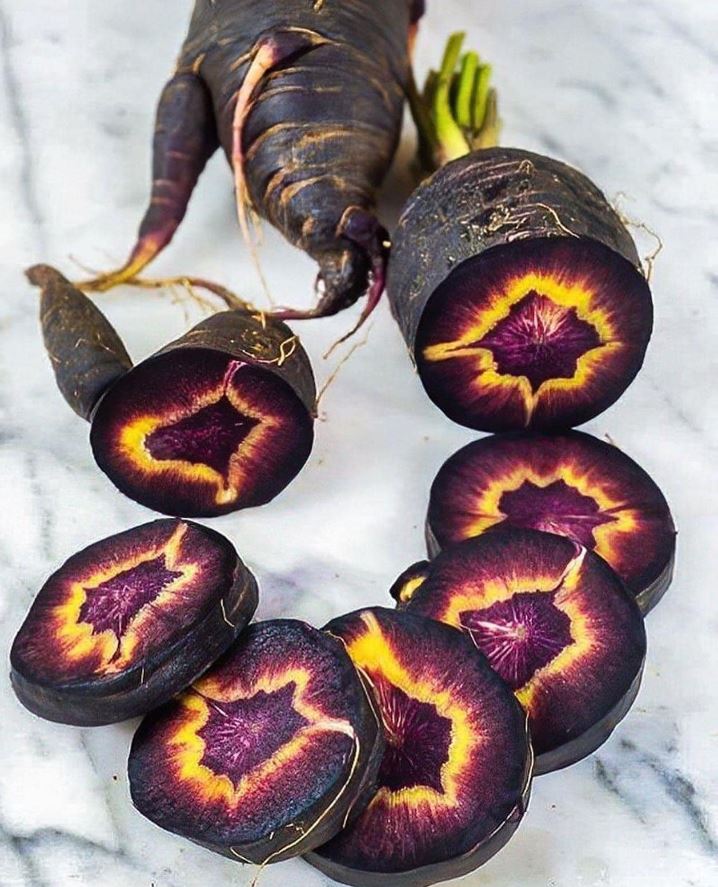
Preparation
- Soil: 3 parts loam/ coconut coir, 3 parts sand, 1 part vermiculite
- A flat and lightweight panel or lid to cover the seeds
- Distilled water for watering during the germination period
- Phosphorous and potassium-rich fertilizer
How To Plant Carrots From Seeds: From Germination To Harvest
Planting carrots is very easy, but how easy can it be? Learn how to germinate the seeds, take care of the young plant, and provide enough nutrients for the edible taproot to grow larger and larger.
Germination
While it’s possible to germinate carrot seeds using the paper towel method, which is less messy and makes it easier for gardeners to observe the sprouting progress, I don’t find it convenient due to how long the seeds germinate and become rigid enough for transplantation.
Therefore, I encourage sowing in the soil directly, but we will do the steps a bit differently.
- Step 1: Prepare your garden bed with loam soil or coconut coir, vermiculite, and sand. Stir the blend so it is well-mixed and well-drained, and leave a good portion behind so you can use it to cover the sowed seeds later. I bet you have seen movies or commercials where the character pulls a carrot from the ground. The ground always seems loose and porous. That’s what we are looking for!
- Step 2: Water the soil lightly and allow it to absorb the liquid for a while until there is no visible superficial water!
- Step 3: Carrots usually are planted in rows, but if your garden bed is small, you can dig holes 2-3 inches away from each other. But if you can plant in rows, use a stick to carve a straight line following each row with the condition that each row stays around 15 inches apart.
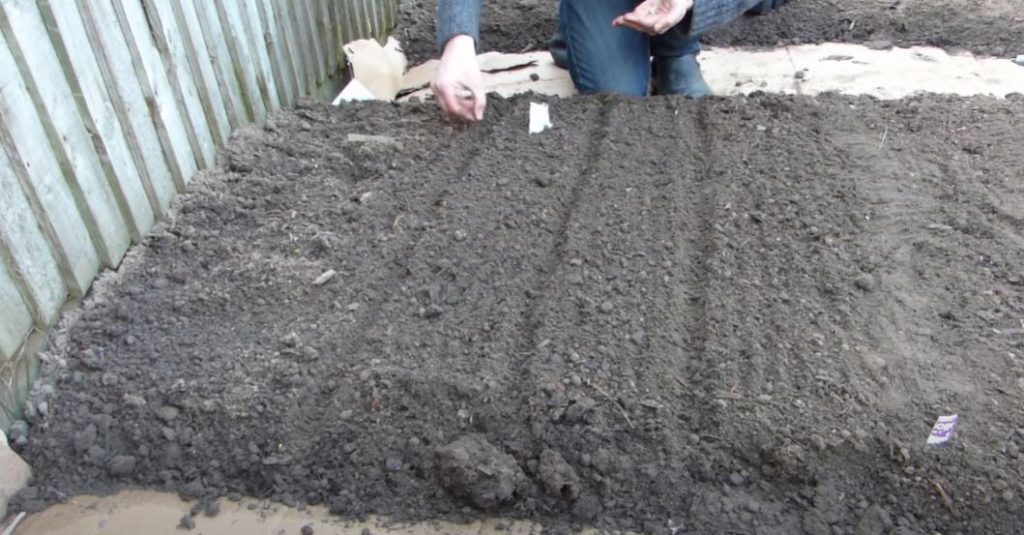
- Step 4: Open your seed pack and take some in your palm. It’s time to sprinkle the seeds into your created rows or holes.
- Step 5: Cover all the seeds lightly with the leftover soil, and water again but lightly.
- Step 6: Prepare a panel or any flat and light object with which you can cover the seeds. But remember that the panel shouldn’t touch the soil because the seedlings need space to break through. Try any method to keep the panel elevated! This is the key to sealing the moisture, creating a mini greenhouse for your carrot crop.
- Step 7: Provide 1 inch of water weekly in the morning and monitor the seeds. It should take anywhere from 1 to 3 weeks for carrot seeds to germinate. I understand it’s pretty long for a vegetable that only takes 2-3 months to go from garden to table.
Seedling
You may get confused growing carrots if the garden bed or the soil isn’t free of grass. Also, grass may suck all the nutrients out of the soil, which is crucial for growing the taproots. So make sure that there is no invasive grass accompanying the crop.
If grass grows alongside the seedlings and you find out a tad late, you may need clarification about distinguishing them from each other. Therefore, you need to know how the sprouts or the seedlings look.
To simplify it: carrot sprouts look very delicate, and most of them have 2 straight leaves pointing up (cotyledons). These leaves are accompanied by various true leaves with lobed edges in the middle. And you can identify the leaves by smell. Pinch the leaves, and there should be a faint carrot aroma.
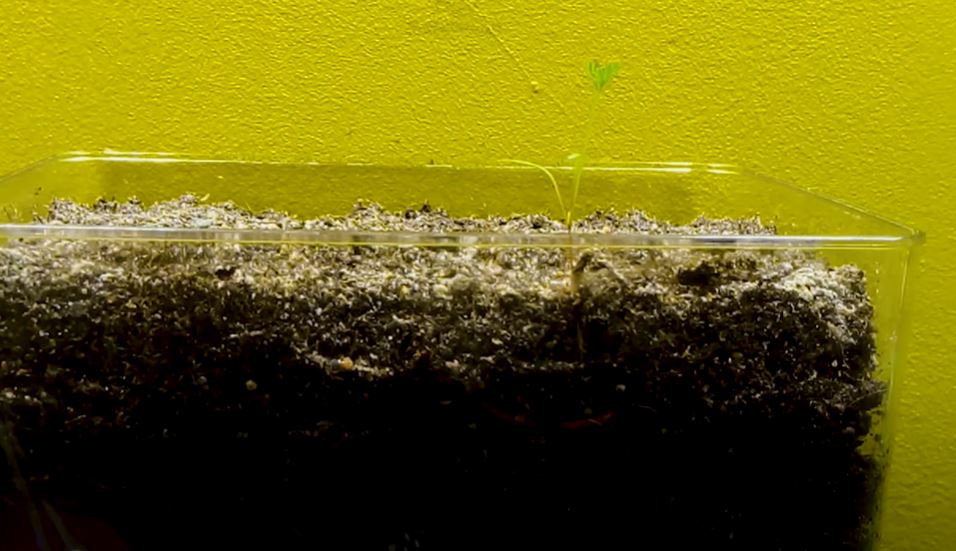
Adult plant
After about 60 days for late-maturing hybrids, the taproots have significantly grown, and we can observe a bit of coloration. Refrain from unplugging the vegetables from the soil just from that information. Leave the carrots to continue growing while providing fertilizers with low nitrogen and high phosphorous and potassium to promote root growth, aka the part of the carrot we eat.
Keep up with the moderate watering schedule once or twice every week and keep the carrots exposed to sunlight so the leaves can operate photosynthesis to transform light into energy and grow the roots.
Harvest
It’s straightforward to harvest carrots. But the first thing you need to know is the standard maturing duration of the cultivar you choose. Check for the condition of the carrots about 15-10 days before the average harvesting time of the hybrid. And what are the signs you need to look for?
- The top of the carrots should be poking through the ground, and you can check the size of the carrot. If the diameter of the top seems correct for the cultivar’s standard size, it may be time to harvest.
- The color of the carrots should be very vibrant now. They may not be ready for harvest if they have a light orange color. Or, it could be due to fluctuation in temperature. Your mission is to trace back how the weather behaved when the carrots were in the growing period. If you are certain that the dull color results from inconsistent temperature, harvest anyway.
The method of harvesting carrots is quite straightforward:
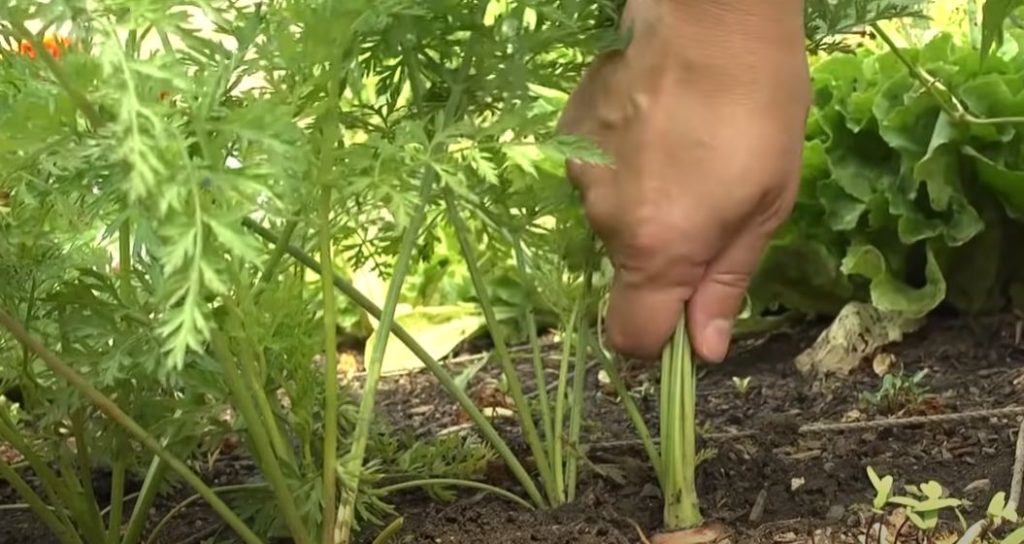
- Step 1: Pick the right time. Don’t harvest when the soil is compact and wet, as the carrots get stuck to the ground and become harder to pull.
- Step 2: Use a trowel to dig and loosen lightly the dirt around the carrots. Make sure not to dig deep, as the trowel may damage the carrots.
- Step 3: Hold the collar or the base of the carrots’ stems, shake and pull. This method will help loosen the dirt while pulling the vegetables up.
How To Care For Your Carrot Crop
Every vegetable thrives with proper care and ideal living condition. So how can we provide said care and living condition for our carrot?
Light
Carrots enjoy full sunlight, so sowing the seeds in an open garden or outside is very favorable. But, if you plant carrots indoors, giving them the same light is not too difficult. Just make sure to place your pot of carrots where there is access to natural sunlight daily. Or, you can put them under an artificial light lamp that performs as a mini sun.
Also, remember that the vegetable needs full sun throughout its entire life underground. The size of the roots is greatly affected by this aspect.
Temperature
Carrot is a cool-season species, so it naturally prefers cool to warm temperatures. This vegetable doesn’t like hot days since the excessive heat can make the roots bolt and become inedible in terms of flavor and texture. That’s why I advise gardeners to avoid sowing or harvesting carrots if their growth crosses a heated front. And the sowing month may vary depending on your chosen hybrid and your area’s climate.
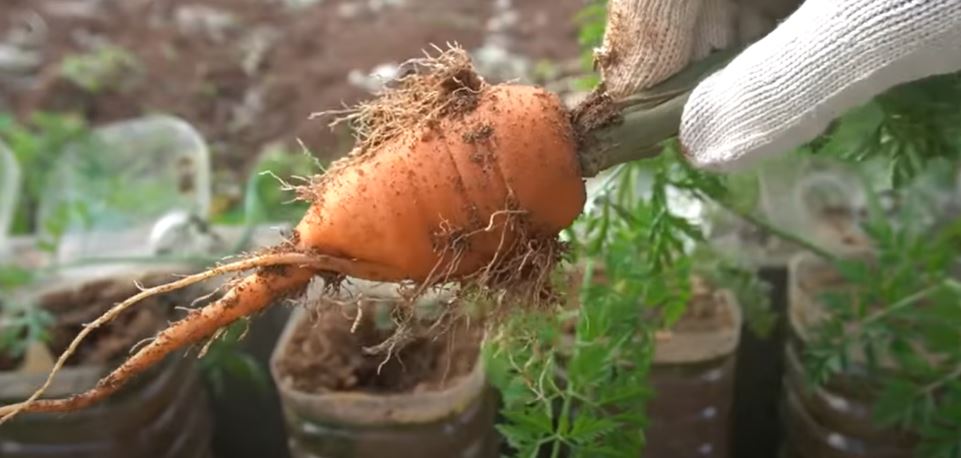
Water
You don’t have to water carrots daily if the soil is still damp. Check for moisture once daily or every few days to ensure the first inch of soil is wet to the touch. Water 1 inch to keep the humidity level stable.
Of course, overwatering or underwatering are both not recommendable as they can stunt the growth of the roots or even cause root rot, which seals the faith of the carrot since the root is its most valuable asset.
Oxygen
Carrots need oxygen like any other plant to grow, but they won’t have enough access to develop their roots if we overwater. That’s why I recommend adding vermiculite into the soil blend that acts as air pockets.
Fertilizer
As we all know, most fertilizers consist of 3 components: nitrogen, phosphorous, and potassium. While nitrogen helps grow foliage, phosphorous and potassium tackle root and stem growth. So, choose a fertilizer with a higher ratio of phosphorous and potassium so you can harvest big carrots by the end of the maturing phase.Use 5-15-15 fertilizersbefore the carrots bulge to give them a boost of nutrients.

FAQs
Where do carrot seeds come from?
If you leave carrots in the ground past the harvesting limit, they will flower the second year, and there will be seeds to take.
Can you grow a carrot from a carrot?
No, you can’t grow a carrot from a carrot. Only the leaves will grow since there is only one root system. And the orange carrots are the roots themselves.
Are carrot leaves edible?
Yes, they are edible and can be cooked. You can try sauté carrot leaves with garlic or eat it raw like a salad. Expect a light carrot aroma from them, too.
